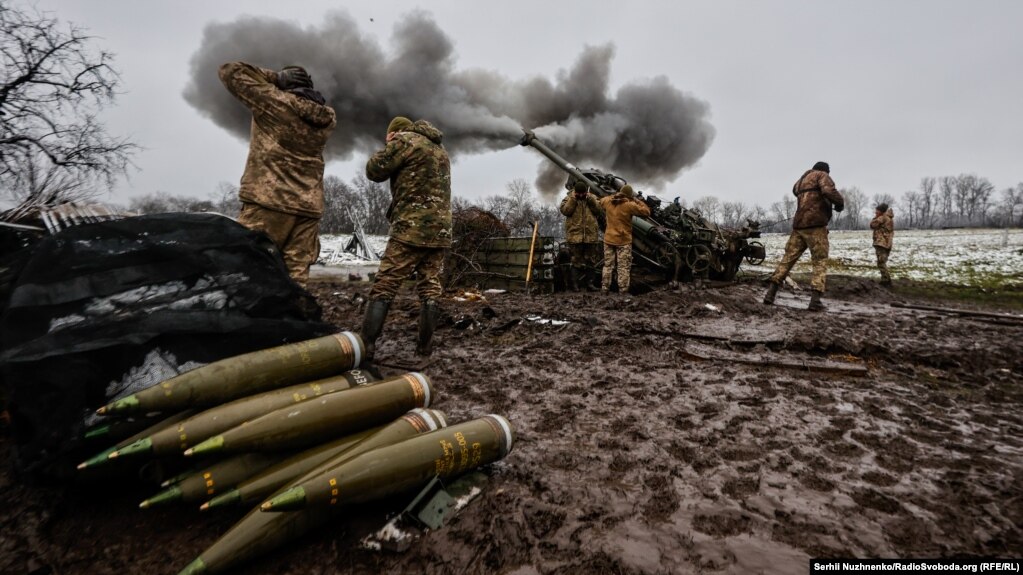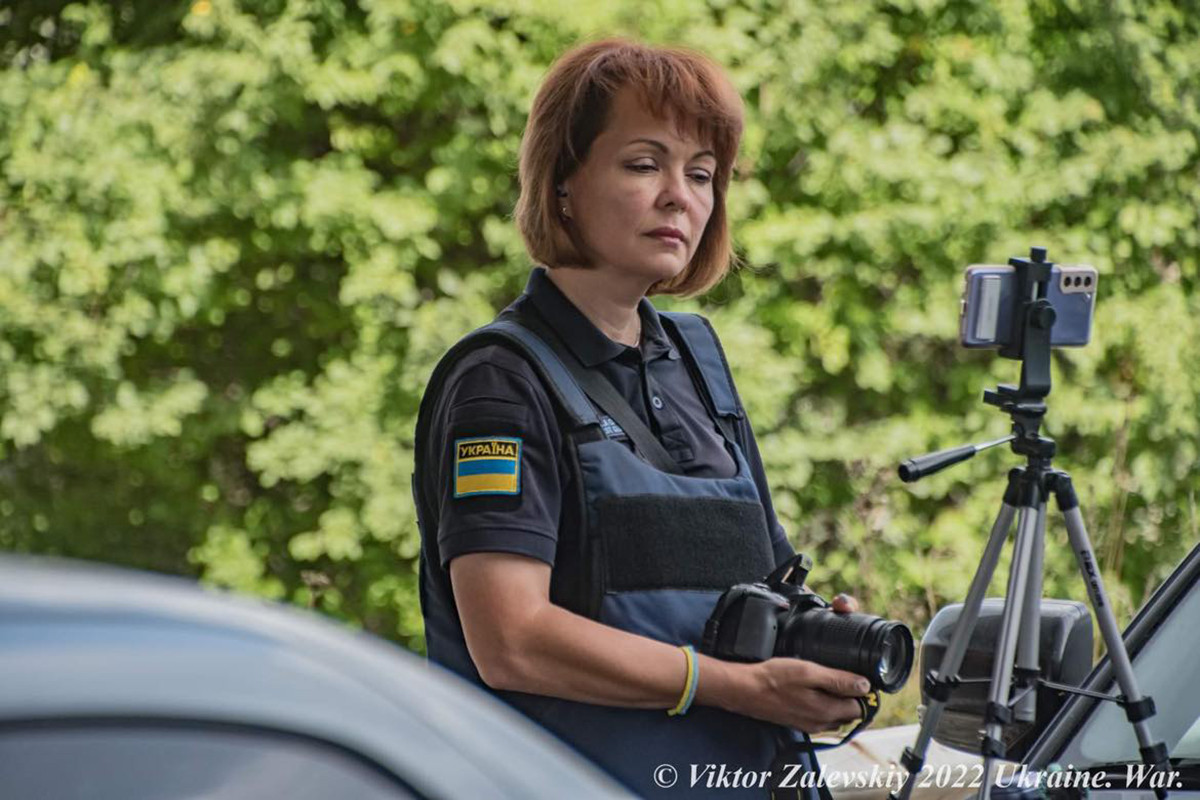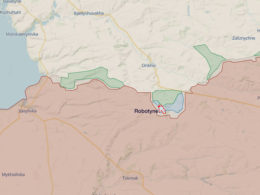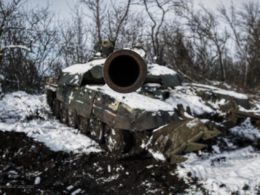The autumn rainy period, known as “bezdorizhzhia” or “roadlessness” in Ukrainian, has historically obstructed military maneuvers by turning the terrain into a muddy morass. Tanks, trucks, and troops inevitably become immobilized as the ground turns to viscous sludge.
On 10 September, US top General Mark Milley told BBC that the Ukrainian Army has a “reasonable amount of time, probably about 30 to 45 days,” to fight before weather hinders the counteroffensive.

But this year, meteorological and soil conditions in southern Ukraine point to a potentially milder mud season that may enable Kyiv’s counteroffensive in southern Ukraine to continue pressing forward into the winter months largely unencumbered, Daily Kos reported.
Several factors make the spring mud season more severe, the report explains. For one, a layer of underground frozen earth persists deep into spring across much of Ukraine. This frozen subsoil prevents moisture from spring rains and melting snow on the surface from percolating downward and draining properly.
This moisture becomes trapped in chernozem or black earth soils common in Ukraine’s northern regions. The high moisture retention of the chernozem soils also locks in the excess water near the surface. So saturated soils and frozen sublayers create impassable muck.
In contrast, the underground frost layer is no longer an issue in the fall. But cool autumn temperatures still play a role by reducing evaporation. With saturated soils from summer rains, additional precipitation and cooler weather in fall turn the landscape to mud, the report details.
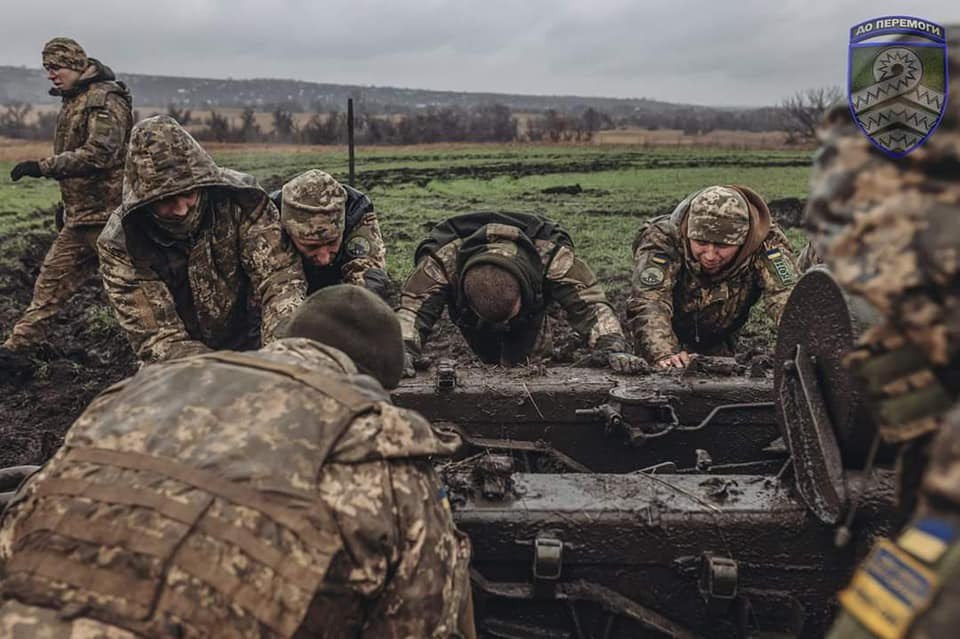
However, in southern Ukraine, soils tend to drain better than in northern areas with chernozem. “It may be no coincidence that while they were bogged down everywhere else, Russia’s biggest successes in the spring of 2022 were exactly those cities – Kherson, Melitopol, Tokmak, and Mariupol,” the report suggests.
Russia was able to maneuver and advance more effectively in this region potentially due to milder mud conditions thanks to the local soils. Currently, Ukrainian forces are situated just north of Tokmak, beyond the zone of these drier soils. But if they can press forward into that area in the coming weeks, they may benefit from less muddiness come autumn as well.
Ukrainian Tavriisk Group of Forces Commander Brigadier General Oleksandr Tarnavskyi told CNN on 22 September that Ukrainian forces aim to achieve a major breakthrough after capturing the Russian-held city of Tokmak in western Zaporizhzhia oblast. He emphasized that it is important that Ukrainian forces maintain their current initiative.
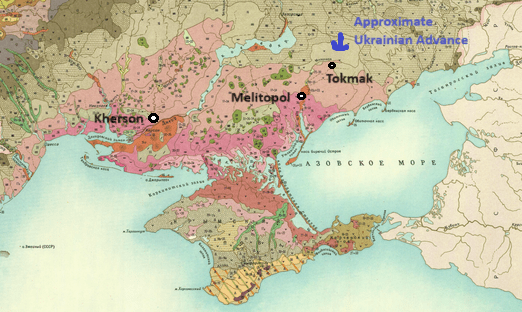
Beyond soil types, weather and temperatures also play a key role in determining the severity of the mud season. Southern Ukraine experiences milder weather as winter sets in compared to the north. The temperature allows greater moisture evaporation in the south, mitigating excessive muddiness.
Levels of rainfall are also a crucial factor in developing muddy conditions. Precipitation has been below average across southern Ukraine this summer.
“Paired with record-high summer temperatures, southern Ukraine actually has experienced a drier-than-average summer, and that doesn’t appear to be likely to change substantially,” the report states based on the latest forecast data.
The city of Kherson itself saw heavy late winter snows earlier in 2022, followed by abundant spring rains that created an exceptionally severe mud season this spring, the report notes.
“Those uncharacteristically muddy conditions likely played a role in Ukraine’s decision to delay the start of the counteroffensive originally planned for early spring,” it explains.
But this year’s subsequent hot and dry summer weather means ground conditions are primed to be less muddy this autumn. “While we can’t predict when the weather will turn cold, Ukraine hasn’t had abnormally high summer rains. In fact, it’s been the opposite – below average precipitation,” the report continues.
“Indeed, the Ukrainian agricultural ministry has been expressing concerns about impacts on crop yields from the hot and drier weather,” it adds.
With meteorological forecasts suggesting a relatively mild winter across Europe, the specific factors that typically create severe muddy conditions may not materialize this fall.
“So with forecasts for a mild winter throughout Europe, we may end up with exactly none of the factors necessary to trigger a severe fall mud season. And so Ukraine’s southern offensive is very unlikely to be directly adversely affected by the fall berdorizhzhya,” the report concludes.
This potential reprieve from the usual muddy quagmire could prove pivotal, as it may allow Ukraine’s counteroffensive to maintain momentum through the winter months.
But if the weather and ground end up relatively dry in southern Ukraine, Russia’s hopes for mud to bring Ukraine’s advance to a halt may go unrealized.
On other fronts, the strategic and tactical situation also favors Ukraine potentially concentrating its forces in the south during the winter. In the east near Bakhmut, Ukraine has been straightening and consolidating its line and grinding down Russian forces.
“Something similar can be said of Bakhmut. What was, at the start of June, an isolated salient around Khromove as Russia threatened to surround Ukrainian positions at Ivanivske and Chasiv Yar, has been flattened, particularly in the south,” the report details.
By pushing back Russian forces around Bakhmut and Avdiivka, Ukraine has weakened Russia’s position in the east. Russia responded by transferring units south to Tokmak from the east.
But this reduced Russian troop presence created openings for Ukraine to exploit around Bakhmut and Avdiivka, further weakening Russia’s position in Donbas, the report notes.
With the eventual onset of winter weather in the east, Ukraine may be able to settle into efficient defensive positions in these newly consolidated areas around Bakhmut and Avdiivka. The mud and freezing temperatures will likely prohibit major offensive actions in the east by either side.

But in milder southern Ukraine, the relatively drier conditions may allow Ukraine to continue pressing its counterattack throughout the winter, capitalizing on the south’s weather and soil advantages. Russia’s recent transfer of forces has demonstrated they now see Kherson Oblast as the priority theater.
While seasonal weather may slow ground troop movements and complicate logistics, it will not cause a definitive end to Ukrainian counteroffensive operations, the Institute for the Study of War reported.
“The culmination of the Ukrainian counteroffensive will likely depend rather on the Russian and Ukrainian balance of forces as well as on Western aid to Ukraine,” ISW concluded.
So while Russia is counting on roadlessness to slow Ukraine’s momentum, the relatively dry autumn forecasted for southern Ukraine may allow Kyiv to defy that expectation. Ukraine’s commanders seem to be exhibiting strategic vision and tactical flexibility on the various fronts that could let them turn the usual challenges of mud season into an opportunity this year.
Read also:
- ISW: Russians remine Zaporizhzhia Oblast to disrupt Ukrainian counteroffensives
- General Staff: Russian counterattacks on eastern and southern fronts fail
- Russia builds new fortifications on southern front
- Russia builds new railway to connect Crimea to mainland Ukraine’s occupied Mariupol, Donetsk

